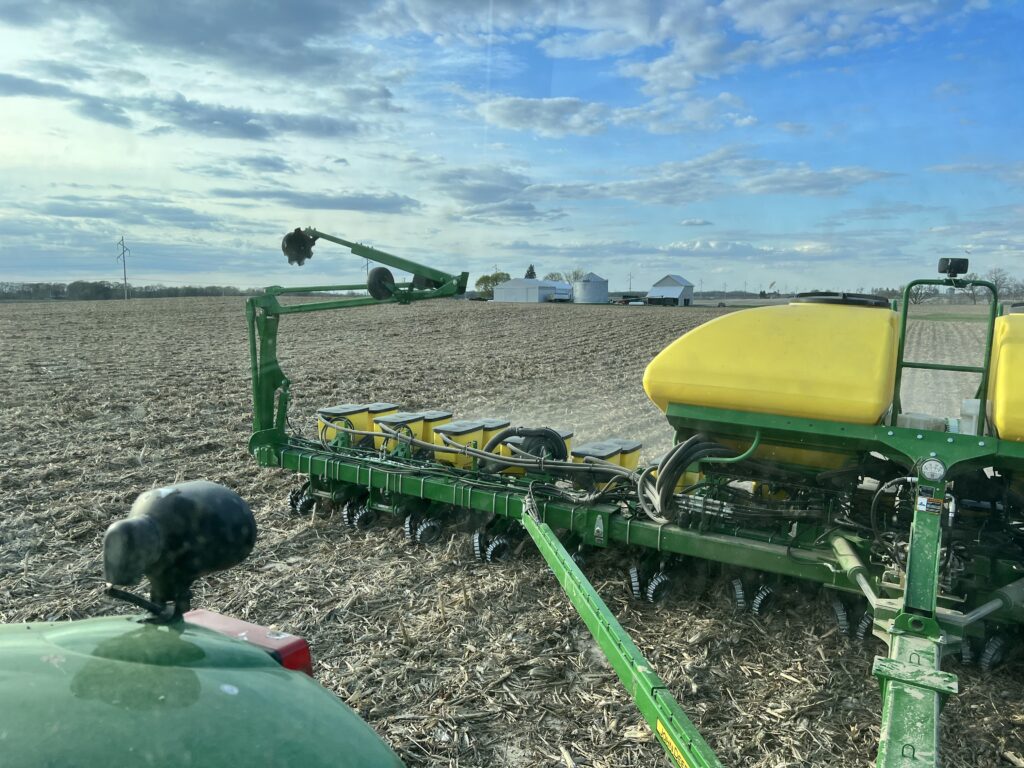As we close out April and begin the month of May, farmers are constantly faced with decisions filled with risk. Soybean planting in northern Illinois has divided farmers into two different categories in 2023: farmers who strive for early planted soybeans and farmers focused on rapid emergence. Several farmers had favorable conditions after Easter to kick off the planting season. While we had a warmer than usual week, temperatures in late April remained cool and halted growth and development. The remaining group of farmers chose to wait until the weather outlooks maintained the warming trends.
Regardless of what group you find yourself in, we have tools that help when the weather takes a turn for the worst. This tool is seed treatment, an often-overlooked management tool to help protect soybean (and other crop) farmers from environmental stressors. This tool is not new – and now it is flooded with options. How do you ensure you are getting what you need and not cutting important corners? Here are a few considerations when evaluating your seed treatment options:
- Utilize effective chemistry families – like herbicides for weed management, there are many chemicals that can target specific pests. However, not all are created equal. Some are much more effective than others, and some are selective to what diseases they are effective to. Checking active ingredients you or your seed dealer are using can help evaluate effectiveness.
- Leverage multiple modes of action – again, like herbicides, we want to maintain the longevity of effective chemistries. Using more than one mode of action against fungal pathogens and early season pests when possible helps promote good stewardship of tools available to us. It might not be the most inexpensive option, but you can be at peace with effective control for now and the future.
- Review efficacy charts. IWillTakeAction.com creates guides available online to check active ingredients and their efficacy of pests.
- For Insecticide Efficacy – 58535-1-final-insecticide-classification-chart
- For Fungicide Efficacy – takeaction-2019fungicideefficacychart
Most importantly, be safe and be patient this planting season! Wishing you a successful 2023 growing season!



 and then
and then